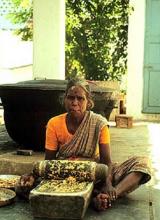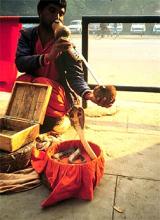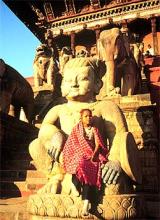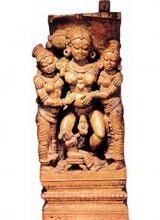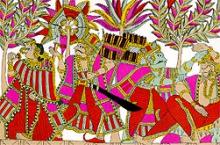Hindu's Medical Literature
Consulting two classical authors of Hindu medical literature, Ayurveda (Susruta, 600 years a. C. and Caraka), we read that the embryo was formed by the joining of the semen and maternal elements with the soul (Puruscha) wich came with the “3 gunas” (qualities of the matter – Satva, Raja, Tamas) at the same time.
The Hindus believed that on the first month the embryo had a gelatinous form, and is the eighth week it was spherical in shape. In the third month, the extremitites begin to sprout. In the fourth month, the heart develops. In the fifth month, the consciousness. In the sixth month, intelligence. In the seventh month, the extremities are developed. In the eight month the vital element (Oyas) has not installed itself yet and, if the child is born, she might die.
That agrees with what is described today as “hyaline membrane syndrome”, that happens in some babies that are born on that period of pregnancy and that cannot make the exchange between 02 and C02 in the lungs, because they are not fully formed yet. Between the 7th and the 9th month the cerebral volume doubles.
They give much important to the pre-natal care, relating to the body as well as to the soul. From the first days of the pregnancy, Susruta recommended that the woman should be clean, happy and content. Caraka gave dietary advice and indicated that the woman should avoid emetics, purgatives and bleedings during the pregnancy. They knew various instruments for cranioplasy, different obstetrical manoeuvres, like the internal version. They didn’t have the forceps to bring out the child alive.
The Hindu posture to give birth, that happens on the childbirth of the Buddha Câkyamini, was standing up, with some helpers, or squatting down against a tree.
It is the position that is still used on this century by the Madras women, that squat down on the floor, on the same position they use to defecate.
